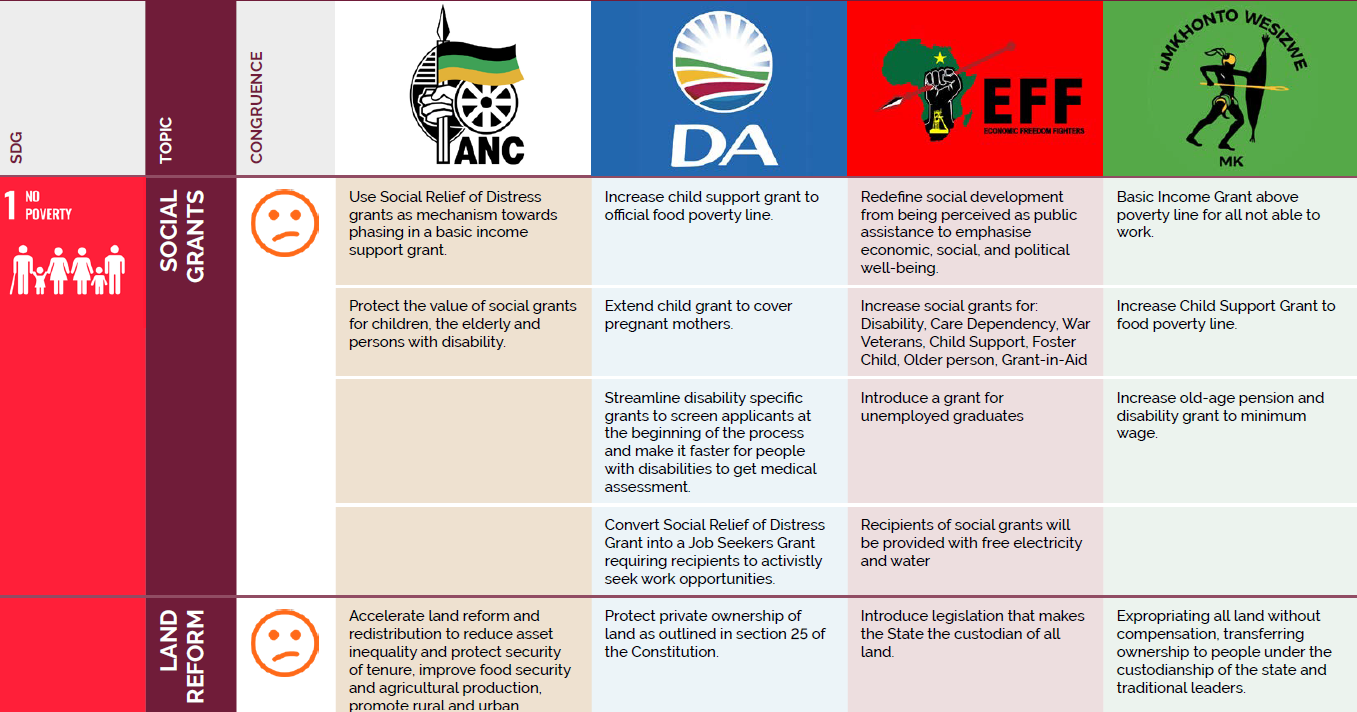In the midst of crucial negotiations for forming a coalition government, the policies of South Africa’s largest political parties – the African National Congress (ANC), Democratic Alliance (DA), Economic Freedom Fighters (EFF), and the uMkhonto we Sizwe (MK) Party – are under the spotlight. Understanding how their policies converge and diverge on key issues is essential for both the public and the parties involved in negotiations.
To shed light on these policy positions, the Policy Innovation Lab at Stellenbosch University’s School for Data Science and Computational Thinking has released this comprehensive analysis of the parties’ manifestos. This analysis aims to inform the public about the similarities and differences in the policy agendas of these political entities.
Prof. Willem Fourie, head of the Policy Innovation Lab, highlighted the methodological challenges faced during the analysis. “Each manifesto had a unique structure and internal logic, making direct comparisons challenging. We had to develop a system to cluster topics thematically without relying on the individual logic of any manifesto,” he explained.
To overcome these challenges, the team employed the seventeen Sustainable Development Goals (SDGs) as a framework for clustering topics. This international development agenda, which South Africa subscribes to, provided a consistent basis for comparison.
Another critical aspect of the analysis was determining the levels of convergence among the manifesto topics. Prof. Fourie noted, “We needed to strike a balance between simplicity and ensuring the qualitative analysis was reliable.” The team devised a tagging system categorising topics into ‘strong congruence,’ ‘moderate congruence,’ and ‘low congruence.’ Entries with insufficient information were marked accordingly.
Dr Itai Makone, who contributed to the analysis, emphasised its purpose: “The tool is also meant to assist political parties in understanding the topics and themes they agree on with other parties, show areas that lack information, and help develop ways to build consensus were disagreement exits.”
The full analysis is available for public access here.
